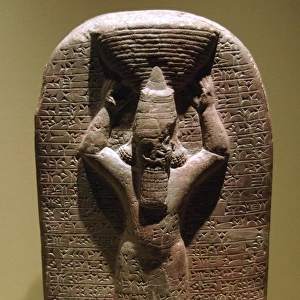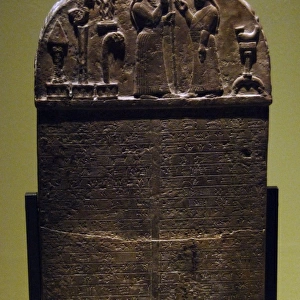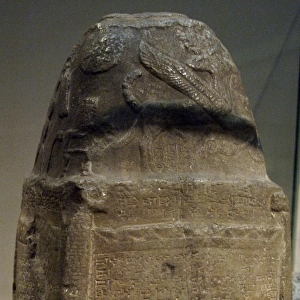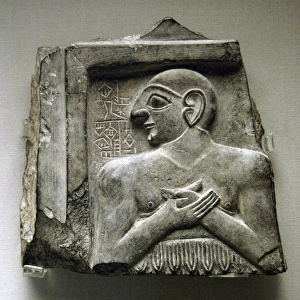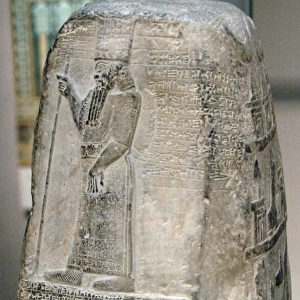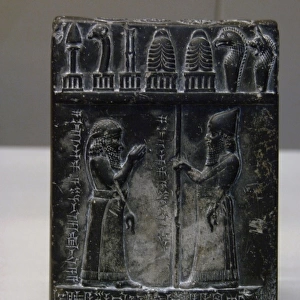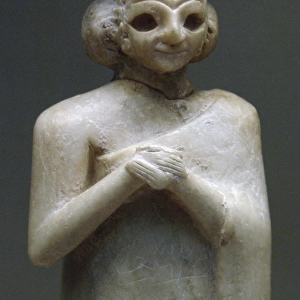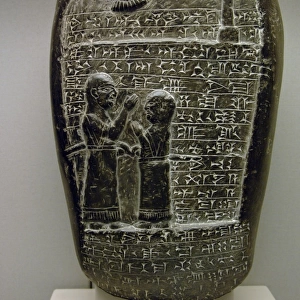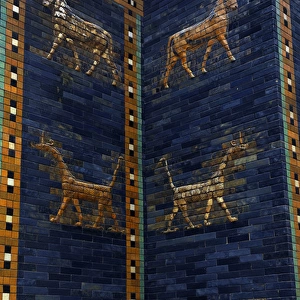Home > Asia > Iraq > Baghdad
Mesopotamia. Michaux stone or Kudurru. Late Kassite period. 1
![]()

Wall Art and Photo Gifts from Mary Evans Picture Library
Mesopotamia. Michaux stone or Kudurru. Late Kassite period. 1
Mesopotamia. Babylonial. Michaux stone or Kudurru. Late Kassite period found near Baghdad. 11th Century BC. Marduk-nadin-ahhe reign. 2n Dynasty of Isin. National Library. Paris. France
Mary Evans Picture Library makes available wonderful images created for people to enjoy over the centuries
Media ID 14338034
© Thaliastock / Mary Evans
11th Antique Babylon Babylonian Cuneiform Dynasty Graphic Inscribed Inscription Iraq Isin Kudurru Mesopotamia Mesopotamian Millennium Near Script Scripture Stele Symbols Kassite
FEATURES IN THESE COLLECTIONS
> Europe
> France
> Paris
> Related Images
EDITORS COMMENTS
1. Title: A Glimpse into the Past: The Mesopotamian Michaux Stone or Kudurru from the Late Kassite Period 2. Description: This image showcases the Mesopotamian Michaux stone, also known as a Kudurru, hailing from the Late Kassite period. Discovered near the ancient city of Baghdad, this artifact dates back to the 11th century BC during the reign of Marduk-nadin-ahhe in the 2nd Dynasty of Isin. 3. Context: Mesopotamia, located in the Near East, is renowned for its rich history and significant contributions to human civilization. The Babylonian Kingdom, a prominent player in this ancient age, is particularly noteworthy for its advancements in writing, art, and governance. 4. Details: The Kudurru, a type of stele or boundary marker, is inscribed with cuneiform scripture, an intricate graphic language that was the primary means of communication and record-keeping during this era. The symbols and text on this stone provide valuable insights into the historical, political, and religious context of the Babylonian Kingdom during the 2nd millennium BC. 5. Significance: The Michaux stone, now housed in the National Library in Paris, France, is a testament to the enduring legacy of Mesopotamian culture. Its intricate inscriptions and symbols serve as a bridge to the past, allowing us to explore the complexities of ancient civilizations and the intricacies of their writing systems. 6. Conclusion: This remarkable artifact, a relic from the 11th century BC Babylonian Kingdom, offers a fascinating glimpse into the rich history and cultural achievements of Mesopotamia. The intricate cuneiform inscriptions on the Michaux stone, or Kudurru, continue to captivate scholars and enthusiasts alike, providing valuable insights into the ancient world and its complexities.
MADE IN THE UK
Safe Shipping with 30 Day Money Back Guarantee
FREE PERSONALISATION*
We are proud to offer a range of customisation features including Personalised Captions, Color Filters and Picture Zoom Tools
SECURE PAYMENTS
We happily accept a wide range of payment options so you can pay for the things you need in the way that is most convenient for you
* Options may vary by product and licensing agreement. Zoomed Pictures can be adjusted in the Basket.


